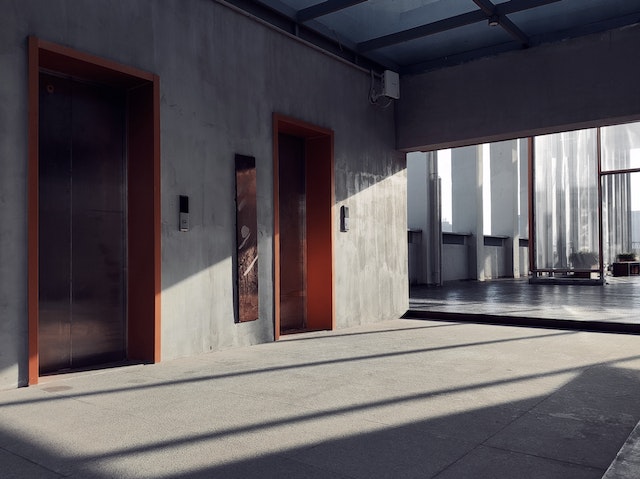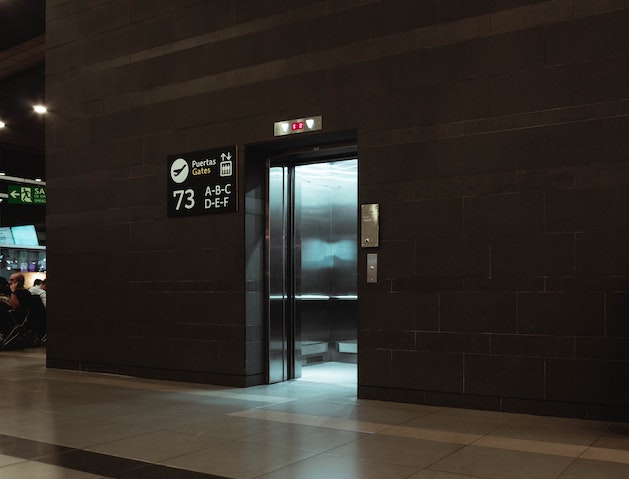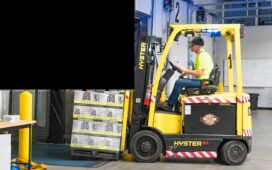Elevators are one of the most fitting and essential parts of contemporary buildings, allowing easy access to different levels. With several types available today, with each designed for specific purposes, it’s easy to feel overwhelmed when deciding which one is best suited for your building. But don’t worry, we’re here to help! We’ll guide you through the different types of elevators and their basic functions.
Hydraulic Elevators
Hydraulic elevators are an exceptional choice for low-rise buildings. They’re powered by a hydraulic piston that moves the elevator car up and down. This elevator type is relatively slower than others but is quite efficient and reliable in comparison to other models. Because of its slow pace, they are often utilized to carry heavy and fragile loads across different levels in the building.

Traction Elevators
Traction elevators are the most commonly used type of elevator in modern buildings. They’re powered by an electric motor that drives a cable, lifting the car up and down. These elevators can travel at high speeds and are perfect for buildings with multiple floors. And since they are reliable because of its speed, they are often used to carry pedestrians around.
Machine Room-Less Elevators
If you want to save space and installation costs, machine room-less elevators are the ones for you. Theseare quite similar to traction elevators but don’t require a separate machine room to house the equipment. The motor and control systems are housed in the elevator shaft. They’re commonly used in mid-rise buildings and are often utilized for various functions.
Pneumatic Elevators
Pneumatic elevators are designed for low-rise buildings and use air pressure to move the elevator car up and down. They’re energy-efficient and easy to install. These type of elevators has easy elevator installation steps, but of course, it would be wise to tap into the services of professionals in such technical field.
Sideways Elevators
Sideway elevators move horizontally instead of vertically and are perfect for transporting people and equipment between different buildings or sections of a building. They’re commonly used in airports and hospitals and can travel at high speeds. They are placed in strategic places to aid in the pacing of the pedestrian traffic and also to aid handicapped people with their movement especially those with significant baggage to carry.

Inclined Elevators
Inclined elevators travel along an inclined track and are perfect for hillside or mountainous areas. They’re ideal for tourist attractions such as amusement parks or scenic spots. Many of such elevators are used in Europe and in Japan in many of their famous landmarks and tourist attractions.
Choosing the right elevator for your building can be overwhelming, but it doesn’t have to be. By considering factors such as the number of floors, space available, and weight capacity needed, you can select the elevator that best suits your needs. There are various types, each with unique features and advantages for specific purposes and functions. We hope that this guide has helped you in your elevator selection process.














